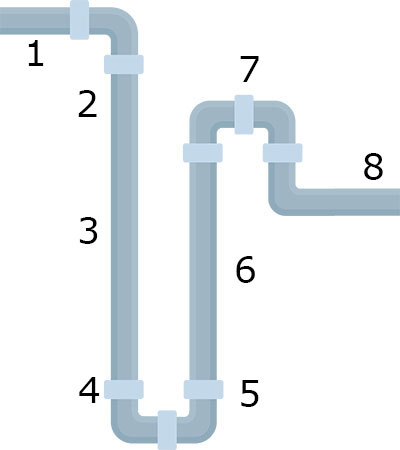December 10, 2019
Difference Between Sales Funnel And Sales Pipeline
Think they’re one and the same? Think again.
While the terms “pipeline” and “funnel” are sometimes used interchangeably in sales, in reality they’re actually quite different, though certainly related. The funnel refers to prospects and clients in the sales process; the pipeline is comprised of the phases in each client’s sales process and shows reps what their next step should be. Managing a pipeline helps sales reps create a sales strategy, track leads, predict close rates and sell more frequently and efficiently.
The Sales Funnel

1. Awareness: Leads become aware of a company.
2. Discovery: Leads take notice and start to research what companies offer. Sales reps should start to build relationships.
3. Consideration: Leads are interested, but not sure yet if they want to buy from you.
4. Intent: Leads become prospects thanks to a promising development, such as having a constructive conversation during a tailored sales presentation.
5. Purchase: The prospect converts to a customer with the decision to buy. The order is fulfilled.
6. Loyalty: The customer comes to you again for additional needs.
The Sales Pipeline

1. Prospecting: Use lead-generation techniques to fill the pipeline with opportunities.
2. Qualifying Leads: Ask questions to make sure the lead has the need, budget and authority to buy in the near future; if they do, they become a prospect.
3. Initial Meeting: Schedule a presentation to begin the conversation.
4. Define Prospect Needs: Discuss the prospect’s specific needs and solutions during the presentation.
5. Make an Offer: Send the prospect a detailed quote laying out what will be provided, at what cost and the timeframe.
6. Finalize Proposal: Negotiate with the prospect about the sale.
7. Closing the Deal: Agree on and sign the final contract with the now-customer.
8. Deliver the Product: The customer receives the items for their promo need.